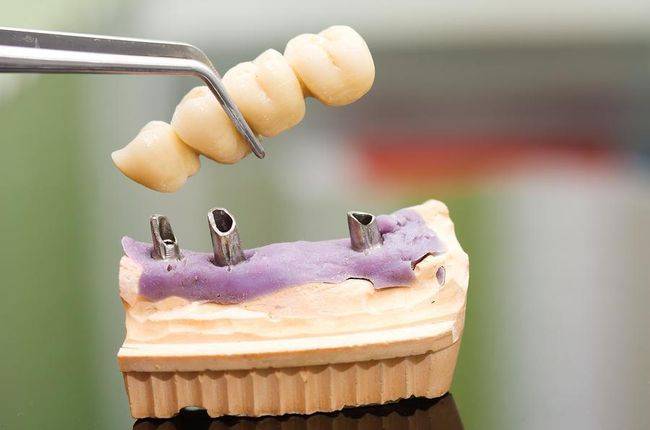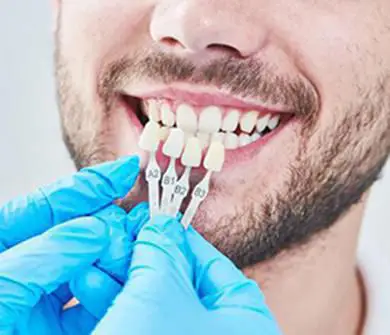Tooth Extractions
What is Tooth Extraction and why is it required?
As the term suggests, tooth extraction is the artificial and forceful removal of teeth. The general procedure involves the use of forceps which are used to pluck the tooth out of the alveolus (the bone in which teeth are rooted). The reasons that force a tooth extraction are:
- Tooth decay.
- Tooth damage due to trauma.
- To prevent overcrowding of the teeth in the mouth.
- Tooth unable to erupt from the gum.
- Milk teeth in babies not falling out to make way for permanent teeth.
- Wisdom teeth that cause gum swelling and pain.
Recovery Measures and Post-Extraction Precautions
There are certain precautions and measures the patient is advised to take in order to promote a speedy recovery.
- Take the painkillers and antibiotics prescribed by the dentist
- Bite down on the padded gauze placed in the newly formed cavity to reduce bleeding and trigger clot formation. Change the gauze if it becomes soaked with blood.
- Use an ice bag on the affected area to limit swelling and pain. Apply the ice bag for not more than 10 minutes in a row.
- Do not rinse your mouth or spit forcefully for at least 12 hours after the procedure. Rinsing and spiting can cause bleeding from the socket by dislodging the clot.
- Avoid any physical activity for the first 24 hours post the procedure. Also, keep your physical activity to a minimum for two days post the procedure.
- Limit your diet to soft foods and liquid for a certain period of time. Add solid foods to your diet after the extraction site has healed to a certain extent.
- Brush your teeth, mouth and, tongue after 24 hours of the procedure. However, avoid brushing the extraction site completely.




